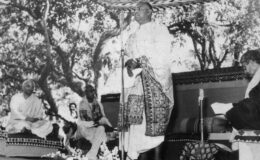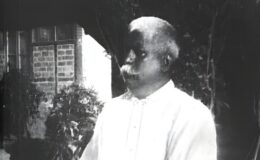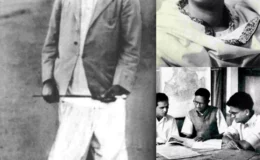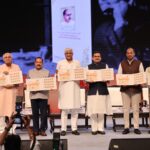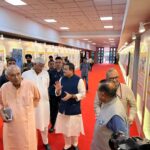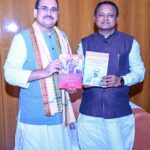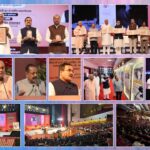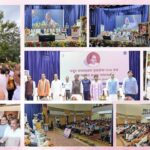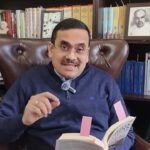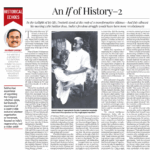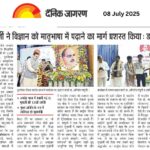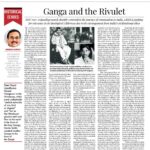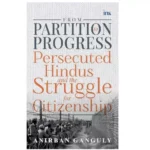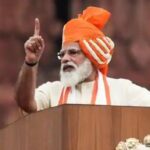A condensed India
- By : Anirban Ganguly
- Category : Articles
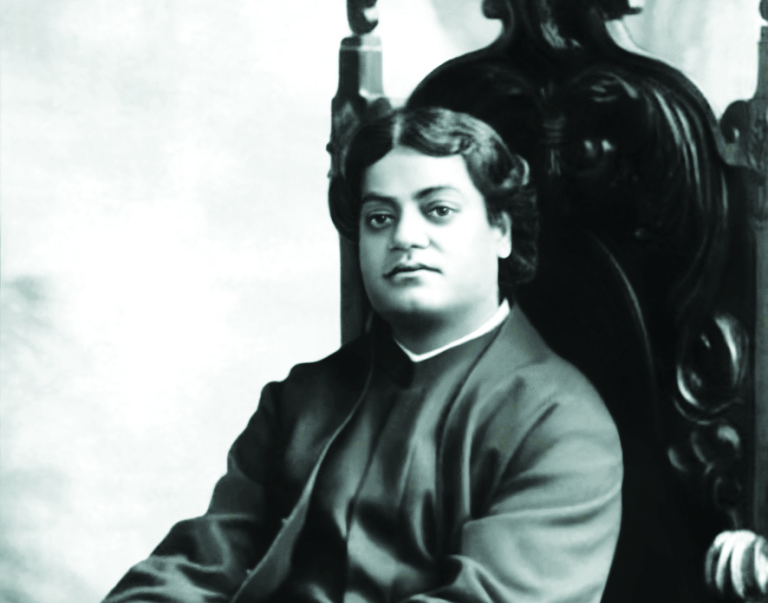
The appearance of Vivekananda at Chicago as a representative of Hindus and India, showed, as Sri Aurobindo, argued, that “the spiritual ideas” for which India stood was no longer a defensive one, but an “aggressive and invading” one, which challenged the “materialised mentality of the Occident.” The Swami’s appearance at the World Parliament of Religions had succeeded in creating an unmistakable wave back home in India, despite many a later day callow critics trying to play it down. Read This – Say no to plastics! One of Vivekananda’s pre-eminent biographers Sankari Prasad Basu noted that the Monk’s words spoken in the West instilled a national self-faith (“ātma-viśwās”) and a national self-dignity (“ātma-sammān”), among his compatriots back home, leading to a wide and wave-generating awakening. One of Vivekananda’s foremost Hinduised Western disciples perhaps best summed up the effect of Vivekananda’s words on India when she wrote that as the Swami spoke in the West, “a nation sleeping in the shadows of the darkened half of the earth, on the far side of the Pacific, waited in spirit for the words that would be borne on the dawn that was travelling towards them, to reveal to them the secret of their own greatness and strength.” What set Vivekananda apart from many others of his age was the fact that “it never occurred to him that his own people were in any respect less than the equals of any other nation whatsoever.” Read This – Reinvent India’s trade pattern His success at Chicago and his inspiring speeches, delivered across India, were also “a source of inspiration to young nationalists.” Vivekananda’s messages put the image of the motherland on a high pedestal. He gave expression to India’s growing nationalism and “spirit of self-help and independence” and was seen “as the very embodiment of courage, self-confidence and strength.” His actions were shaped by his thoughts of India and his excruciating concern for his fellow Indians. The French social and political philosopher Romain Rolland (1866-1944) movingly wrote, “It was the misery under his eyes, the misery of India, which filled his mind to the exclusion of every other thought. It pursued him, like a tiger following its prey, from the North to the South in his flight across India. It consumed him during sleepless nights.” Rolland saw in Vivekananda’s indefatigable peregrinations for India’s awakening a firm seeking for a “public salvation…the regeneration of the mother-country, the resurrection of spiritual powers of India and their diffusion throughout the universe.” For Sister Nivedita, the Master’s pre-occupation with the condition and fate of India was ceaseless and this concern of his found expression in his utterances on India which breathed a conviction of India’s rise and of her capacity to unshackle herself. Nivedita observed that the Swami’s concern and worship of his “own land” was focused on the “conviction that India was not old and effete, as her critics had supposed, but young, ripe with potentiality, and standing, at the beginning of the twentieth century, on the threshold of even greater developments than she had known in the past.” It was his unceasing preoccupation with India that led Vivekananda to lay “the foundation for the crystallisation of Indian nationalism” when he gave a call in Madras on February 14, 1897, asking all his listeners to worship the motherland alone and exclusively for the next fifty years. “Give up”, he said, “being a slave [and] for the next fifty years this alone shall be our keynote — this, our great Mother India. Let all other vain gods disappear for the time from our minds.” It is this ceaseless concern and preoccupation of his with the condition and the destiny of India that has made thinkers and leaders look upon him as one who articulated and imparted direction and energy to the then amorphous quest for a national self-expression. CP Ramaswami Aiyar, for example, saw Vivekananda as the “first of those, who made it possible to think of India as a whole irrespective of the existing differences of class, creed, colour and custom”, as one who “pleaded for driving away of everything that would prevent the union of India” and who knew that “unless India was one spiritually and intellectually, India could not step into the outer world.” Vivekananda’s approach, his case for India’s regeneration was multidimensional and centered on the need to first reawaken a sense of wide national unity, then a reclaiming of our civilisational knowledge systems, an opening up of the national mind to the currents of world thought – scientific and technological, intellectual, a wide educational sweep right down to the masses – a democratisation of education as it was– a strengthening of indigenous industries, imparting fillip to the Indian entrepreneurial spirit, a comprehensive effort for the empowerment of women – the neglect of Indian women “distressed him” – a systematic effort at religious reform in an affirmative spirit, a dynamic effort at inclusion and ending discriminations of all types and bringing about an end to sectarian strife. All of these were to have as their basis a wide spiritual awakening. The essence of the intellectual awakening that Vivekananda spoke of was the need to effectuate first and foremost a “decolonising of the Indian mind.” While he spoke and articulated lofty philosophical positions and took on some of the leading thinkers of the world and quite easily mingled with the elites of the West, Vivekananda never lost his connect with the aspirations of India and her people. As one of his assessors has pointed out, during these travels, “Everywhere he mixed with the people – one day living with a pariah in his hut and the next day conversing on equal terms with the Maharajas and Dewans (prime ministers) at their palaces, or another day with the orthodox pundits and liberal college professors in their houses and clubs. He was as conversant with the knowledge of the pundits as with the problems of the industrial and rural economy, whereby the life of the people is controlled. He came face to face with the joys and sorrows, hopes and frustrations, ideals and aspirations of all classes of people…” For years wandering across India, Vivekananda was like “a diver plunged into the Ocean of India, and the Ocean of India covered his tracks”, he started his ‘Bhārat parikramā’ “as a holy man but became a patriot-prophet at the end. Identifying himself with the happiness and miseries, hopes and frustrations, ideals and aspirations of India, he became, as he declared later to a Western disciple, ‘a condensed India.’ It has been 125 years since 1893, that the ‘condensed India’ began radiating an intensely self-renewing and regenerative message which continues to guide the ship of Indian civilisation.

